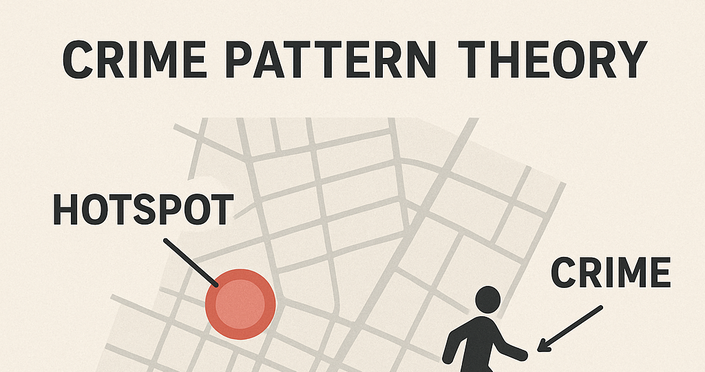Crime Pattern Theory Explained

What is Crime Pattern Theory?
Crime pattern theory provides explicit reasons as to why crimes occur in specific areas and it interconnects the rational offender with behavioral geography and the two creates the cognitive processes and offender’s motivation (Boba, 2006). Crime pattern theory asserts that the potential offender uses the behavioral geography to create potential targets. Research shows that crime occurs in physical environment but there are aggregate elements which motives and directs the offender towards the process of target selection. Writers who offer law dissertation writing help at Edudorm essay writing service notes that for a crime to occur there must be an offender’s activity spaces or location and with respect to the crime pattern theory, the activity space is known as nodes. High activity nodes welcomes offenders since such place is full of people, cars and shops and offenders gets the opportunity to target various places (Boba, 2006).
The Concept of Crime Pattern Theory
The route which the offenders use to enter in and out of the nodes (locations) is known as paths. High activity nodes creates path for offenders because such locations have a large number of people. The physical structure and daily activities influences the crime paths as offender’s targets a high concentrated place (Boba, 2006). The nodes and paths create the edge and this means that offender’s uses different mechanism in committing crime. Experts who offer legal case study help at Edudorm essay writing service indicates that a place where is there is high activity nodes and paths, there a high crime rate since criminals are able to identify territorial limits and areas where they can commit high and low crimes. In crime pattern theory, the crime and cognitive maps are important as they explain the level of risk which an offender may come across in a specific place and time (Boba, 2006). Cognitive maps impacts the spatial behavior and warns the offender. Crime and cognitive maps are different and they warn different groups of offenders by use of the ecological labels such as fear, personal experience and more.
Conclusion
The crime pattern theory plays a crucial role in law enforcement. Through crime and cognitive maps, law makers can impose rule and allocate resources to prevent crime. Authors who offer criminal law assignment help at Edudorm essay writing service points that the theory helps to understand the offender’s knowledge based on the experience as well as the pattern of victimization (Boba, 2006). This helps to create a high risk profile as well as prevention efforts.
References
Boba, R. (2006). Crime analysis and crime mapping. Thousand Oaks, CA: Sage Publications.


